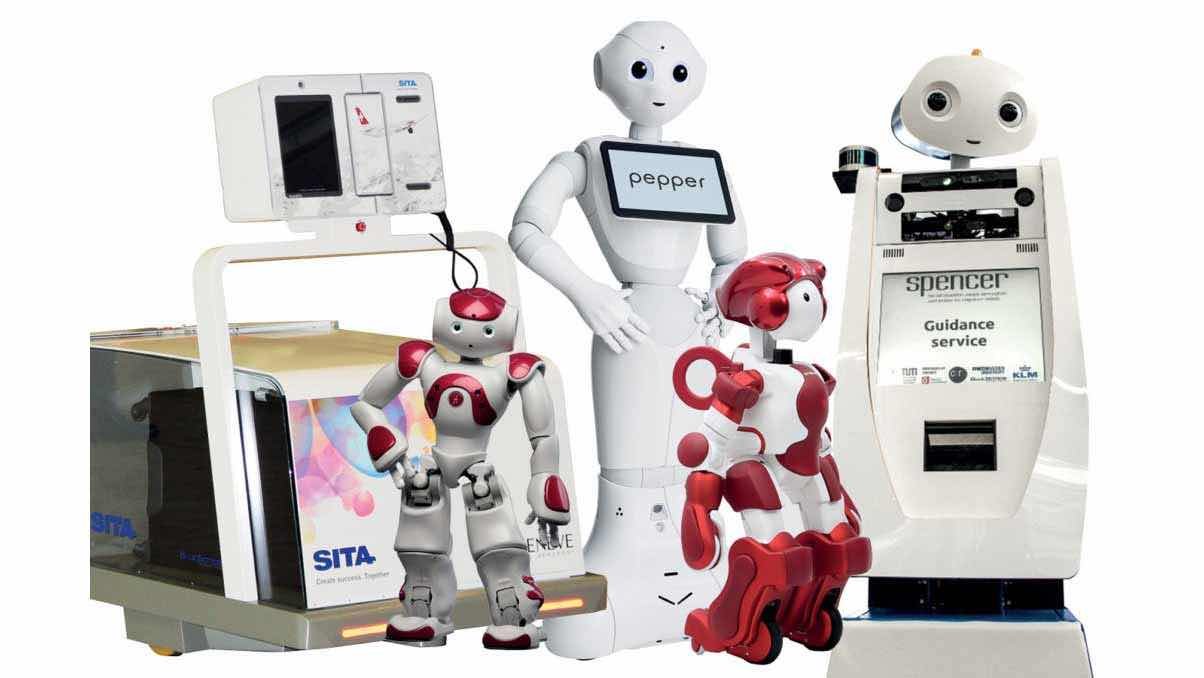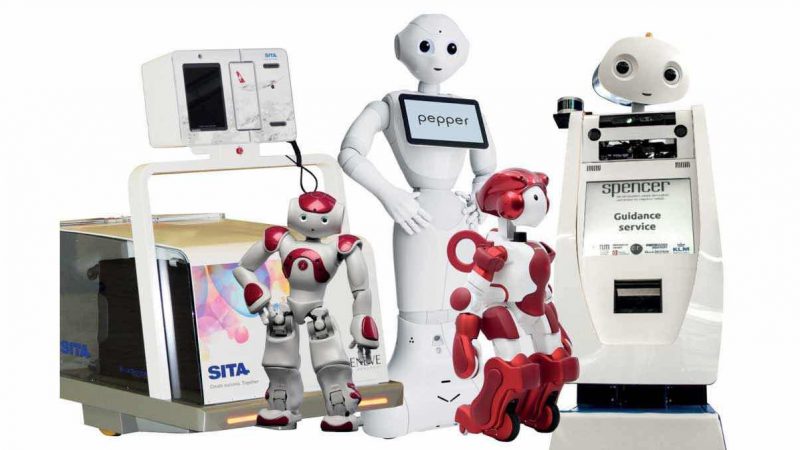Robots: Coming to an Airport Near You
New report marks the advance of robotic technology to manage everything from security to entertainment at airports worldwide
March 25, 2019

The airport robots market is estimated to register a CAGR of over 15% during the forecast period, 2019-2024 as various airports worldwide begin to make use of this technology for passenger interactions.
According to ResearchAndMarkets.com’s Airport Robots Market – Growth, Trends, and Forecast (2019 – 2024), the introduction of advanced technology robots to improve airport services is expected to lead to enhanced customer experience, in the years to come. The increasing adoption of artificial intelligence, as well as chatbots, for handling airline bookings and queries is expected to provide growth opportunities for the market in the future.
Airports across the world are engaged in conducting trials with robots, in terms of providing information, guidance, and entertainment solutions to passengers. Additionally, robots have also been introduced for cleaning, as well as security services. The increasing number of robots being used in airports worldwide is likely to drive the growth of the market in the near future.
Airport robots is a new-age concept as robots are in position to replace airport staff in various forms of operation and handling. The integration of artificial intelligence within airports may lead to robots performing airport operations, such as airport cleaning, providing security services, baggage handling, valet parking, boarding pass scanning, and may also act as passenger guidance systems.
Key Market Trends
Autonomous Robots are Helping the Airport Security Segment. Currently, the airport security segment has the highest share among all the segments. Airport security is one of the biggest concerns faced by airport officials, worldwide. The rise in terrorism worldwide has led to airport officials taking extra precaution and being highly focused toward airport security. In order to prevent any unwanted incidents, airports around the world have taken a step further and have started the testing of autonomous robots, which is expected to help security officials provide adequate security at the airport.
Airports, such as Hamad International Airport and La Guardia Airport, have started deploying security robots to provide the next level of airport security. The robots come equipped with an in-built facial recognition system, cameras, and sensors. They can measure pulse rate remotely, and thus, detect suspicious persons, credit cards, fake currencies, abandoned objects, and explosives, without disturbing the passenger flow at the airport terminal.
Since 2017, Shenzhen Bao’an Airport in China has engaged in operating Anbot, a robot programed to carry out security checks at the departure hall of Terminal 3. Developed by Shenzhen Public Security Bureau and the Chinese National Defense University, the robot has been fitted with four high-definition cameras, as well as a facial recognition software, which can take pictures of passengers and send them for analysis at security stations. Such developments are expected to have a positive impact on the growth of the market.
China is one of the fastest-growing air travel markets. According to the IATA (International Air Transport Association), China is set to displace the United States as the world’s largest aviation market, by mid-2020. The rebalancing of China’s economy is likely to support strong passenger demand over the long term.
Competitive Landscape
The airport robots market is consolidated, with only a handful of players controlling the market. LG Electronics Inc. and Stanley Robotics SAS are the leading players in the market. LG, for example, has reported setting trial services for a number of airport guide robots, as well as airport cleaning robots, at the Incheon International Airport, South Korea.
Both the companies have been occupying top positions in the market for a long time and have been engaged in various initiatives and product innovations, which have led them to strengthen their presence in the market.




